-
 Bitcoin
Bitcoin $115100
1.27% -
 Ethereum
Ethereum $3675
2.71% -
 XRP
XRP $2.995
1.45% -
 Tether USDt
Tether USDt $1.000
0.02% -
 BNB
BNB $769.8
2.64% -
 Solana
Solana $168.0
3.25% -
 USDC
USDC $0.9999
-0.01% -
 TRON
TRON $0.3371
1.48% -
 Dogecoin
Dogecoin $0.2051
3.36% -
 Cardano
Cardano $0.7394
2.30% -
 Hyperliquid
Hyperliquid $38.15
0.42% -
 Stellar
Stellar $0.3966
-0.36% -
 Sui
Sui $3.486
2.93% -
 Chainlink
Chainlink $16.72
2.52% -
 Bitcoin Cash
Bitcoin Cash $568.0
4.36% -
 Hedera
Hedera $0.2440
2.59% -
 Ethena USDe
Ethena USDe $1.001
0.04% -
 Avalanche
Avalanche $22.16
2.06% -
 Litecoin
Litecoin $119.1
-0.73% -
 UNUS SED LEO
UNUS SED LEO $8.991
0.04% -
 Toncoin
Toncoin $3.232
-0.39% -
 Shiba Inu
Shiba Inu $0.00001233
2.82% -
 Uniswap
Uniswap $9.717
2.53% -
 Polkadot
Polkadot $3.664
1.85% -
 Dai
Dai $1.000
0.01% -
 Monero
Monero $281.2
-3.89% -
 Bitget Token
Bitget Token $4.350
1.55% -
 Cronos
Cronos $0.1428
5.07% -
 Pepe
Pepe $0.00001050
3.68% -
 Aave
Aave $262.3
3.54%
Why does MetaMask show the wrong balance? How to refresh manually?
MetaMask may show incorrect balances due to network congestion, pending transactions, outdated software, or incorrect network settings; manually refresh to update.
May 04, 2025 at 03:56 am

When using MetaMask, it's not uncommon for users to encounter situations where the displayed balance appears incorrect. This can be frustrating and confusing, especially when you're expecting to see a certain amount of cryptocurrency in your wallet. Understanding why this happens and learning how to manually refresh your balance can help you manage your digital assets more effectively.
The reasons behind MetaMask showing the wrong balance can be varied. One common cause is network congestion. When the Ethereum network, or any other blockchain network you're connected to, experiences high traffic, transactions can take longer to process. This delay can lead to discrepancies between the actual balance on the blockchain and what MetaMask displays. Another reason could be pending transactions. If you've sent or received cryptocurrency recently, and the transaction is still pending, MetaMask might not reflect the updated balance until the transaction is confirmed on the blockchain.
Outdated software can also lead to incorrect balance displays. If you're using an older version of MetaMask, it might not be compatible with the latest blockchain updates or network changes, resulting in inaccurate balance information. Additionally, incorrect network settings can cause issues. If you're connected to the wrong network or a testnet instead of the mainnet, the balance shown will not reflect your actual holdings on the main network.
To manually refresh your balance in MetaMask, follow these steps:
- Open MetaMask: Start by opening the MetaMask extension or mobile app.
- Select the Account: Choose the account for which you want to refresh the balance.
- Click on the Three Dots: In the top right corner of the MetaMask interface, click on the three vertical dots.
- Select 'Expand View': This will open a more detailed view of your account.
- Click 'Refresh': Look for the 'Refresh' button near the balance display and click it to update your balance manually.
By following these steps, you can ensure that your balance is up to date, helping you avoid any confusion or potential errors in your transactions.
Understanding Network Congestion and Its Impact on Balance
Network congestion is a significant factor that can affect the accuracy of your balance in MetaMask. When the blockchain network you're using is overloaded with transactions, it can take longer for those transactions to be processed and confirmed. This delay can lead to a situation where MetaMask shows a balance that does not yet reflect recent transactions.
For instance, if you've recently received Ethereum (ETH), but the transaction is still in the mempool waiting to be confirmed, MetaMask might not show the updated balance until the transaction is fully processed. This is because MetaMask relies on the blockchain's current state to display your balance, and during times of high congestion, this state can be out of sync with your actual transactions.
To mitigate the impact of network congestion, you can try the following:
- Use a Gas Price Estimator: Tools like ETH Gas Station can help you estimate the optimal gas price to get your transactions processed faster.
- Wait Patiently: Sometimes, the simplest solution is to wait for the network to clear up and for your transactions to be confirmed.
- Check Transaction Status: Use blockchain explorers like Etherscan to monitor the status of your pending transactions.
The Role of Pending Transactions in Balance Discrepancies
Pending transactions are another common reason for MetaMask showing the wrong balance. When you send or receive cryptocurrency, the transaction doesn't immediately update your balance. Instead, it goes into a pending state until it's confirmed on the blockchain.
If you've recently sent ETH or any other token, MetaMask might still show the pre-transaction balance until the transaction is confirmed. Similarly, if you're expecting to receive funds, those funds won't appear in your balance until the transaction is fully processed.
To handle pending transactions effectively:
- Monitor Your Transactions: Use blockchain explorers to track the progress of your transactions.
- Adjust Gas Fees: If you're sending transactions, consider increasing the gas fee to prioritize your transaction on the network.
- Refresh Manually: As mentioned earlier, manually refreshing your balance in MetaMask can help you see the most up-to-date information.
The Importance of Keeping MetaMask Updated
Using an outdated version of MetaMask can lead to incorrect balance displays. Blockchain networks are constantly evolving, and MetaMask needs to stay updated to reflect these changes accurately. If you're using an older version, it might not be able to connect properly to the network or interpret the latest blockchain data correctly.
To ensure you're using the latest version of MetaMask:
- Check for Updates: Regularly check for updates within the MetaMask application or extension.
- Enable Automatic Updates: If possible, enable automatic updates to ensure you're always using the most recent version.
- Reinstall if Necessary: If you're experiencing persistent issues, consider uninstalling and reinstalling MetaMask to get the latest version.
Correct Network Settings for Accurate Balance Display
Incorrect network settings can also cause MetaMask to show the wrong balance. If you're connected to a testnet instead of the mainnet, or if you're using the wrong network altogether, the balance you see will not reflect your actual holdings on the main network.
To ensure you're connected to the correct network:
- Check Network Settings: In MetaMask, go to the network dropdown menu and make sure you're connected to the mainnet (or the appropriate network for your cryptocurrency).
- Switch Networks if Needed: If you're on the wrong network, switch to the correct one and refresh your balance.
- Use Custom RPC if Necessary: If you're using a specific network that's not listed by default, you can add a custom RPC to connect to the correct network.
Frequently Asked Questions
Q: Can MetaMask show a wrong balance due to a security breach?
A: While it's possible for security breaches to affect your cryptocurrency holdings, MetaMask showing the wrong balance is typically not a direct result of a security breach. Instead, it's more likely due to the reasons discussed above, such as network congestion or pending transactions. However, always ensure you're using the official MetaMask application and keep your private keys secure to protect against potential security threats.
Q: How often should I refresh my MetaMask balance?
A: There's no need to refresh your balance excessively. If you've recently sent or received cryptocurrency, or if you suspect network congestion, refreshing your balance once or twice should be sufficient. Over-refreshing won't make transactions process faster and might only lead to unnecessary data usage.
Q: Can I use MetaMask on multiple devices and still see the correct balance?
A: Yes, you can use MetaMask on multiple devices, and as long as you're using the same account and connected to the correct network, you should see the same balance across all devices. However, ensure that you're logged into the same account and that all devices are connected to the correct network to avoid discrepancies.
Q: Does MetaMask automatically refresh the balance, or do I need to do it manually every time?
A: MetaMask does have an automatic refresh feature that updates your balance periodically. However, during times of high network congestion or if you have pending transactions, it's a good practice to manually refresh your balance to ensure you're seeing the most up-to-date information.
Disclaimer:info@kdj.com
The information provided is not trading advice. kdj.com does not assume any responsibility for any investments made based on the information provided in this article. Cryptocurrencies are highly volatile and it is highly recommended that you invest with caution after thorough research!
If you believe that the content used on this website infringes your copyright, please contact us immediately (info@kdj.com) and we will delete it promptly.
- BlockDAG, Litecoin, and Cardano: Charting the Course in Crypto's Dynamic Waters
- 2025-08-07 09:09:06
- Fireverse Token: Igniting a Musical Revolution in Web3
- 2025-08-07 08:27:45
- Ethereum, L2 Withdrawals, and Decentralization: A New Yorker's Take
- 2025-08-07 08:32:33
- Avalanche vs. Ruvi AI: Daily Sales Tell a Story of Crypto Disruption
- 2025-08-07 06:29:35
- DeSoc: The Crypto to Buy Now for a Decentralized Future (and Maybe 43x Gains!)
- 2025-08-07 06:50:16
- Arctic Pablo Coin: Riding the Meme Coin Wave with a Deflationary Twist
- 2025-08-07 07:18:13
Related knowledge
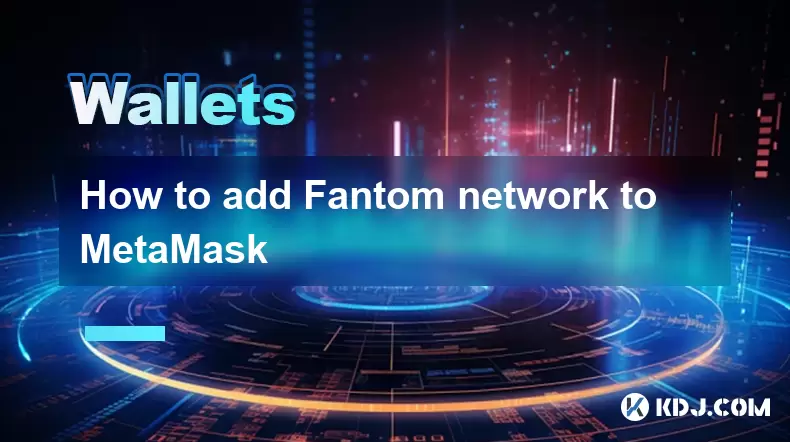
How to add Fantom network to MetaMask
Aug 07,2025 at 08:21am
Understanding the Fantom Network and MetaMask IntegrationThe Fantom network is a high-performance, scalable, and secure blockchain platform designed f...
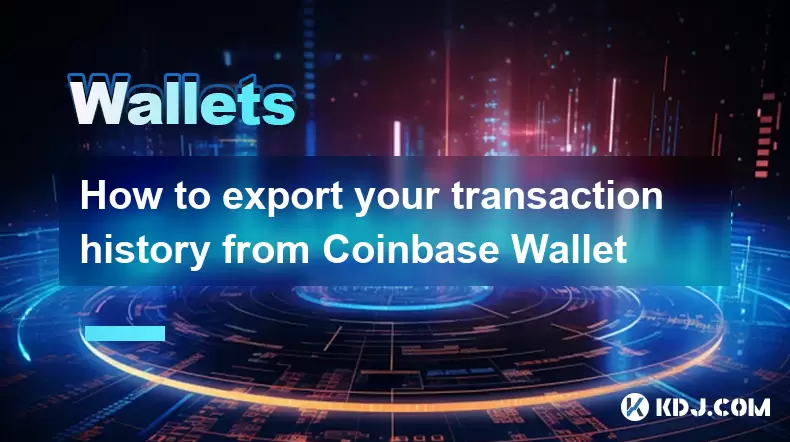
How to export your transaction history from Coinbase Wallet
Aug 07,2025 at 06:50am
Understanding Coinbase Wallet and Transaction HistoryCoinbase Wallet is a self-custodial cryptocurrency wallet that allows users to store, manage, and...
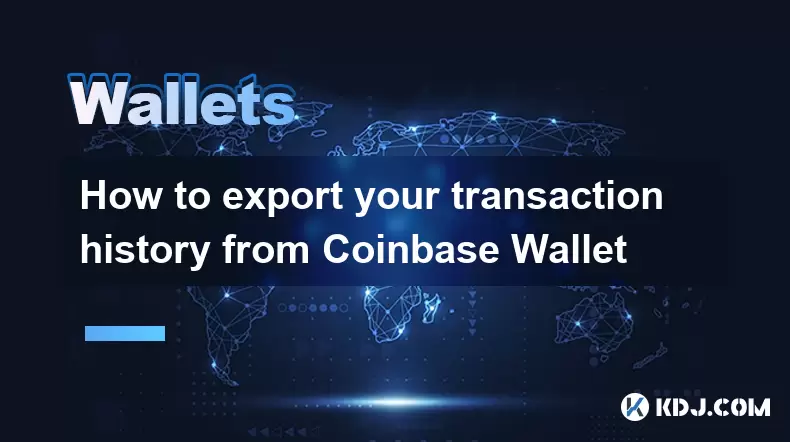
How to export your transaction history from Coinbase Wallet
Aug 07,2025 at 08:49am
Understanding Coinbase Wallet and Transaction HistoryCoinbase Wallet is a self-custodial cryptocurrency wallet that allows users to store, manage, and...
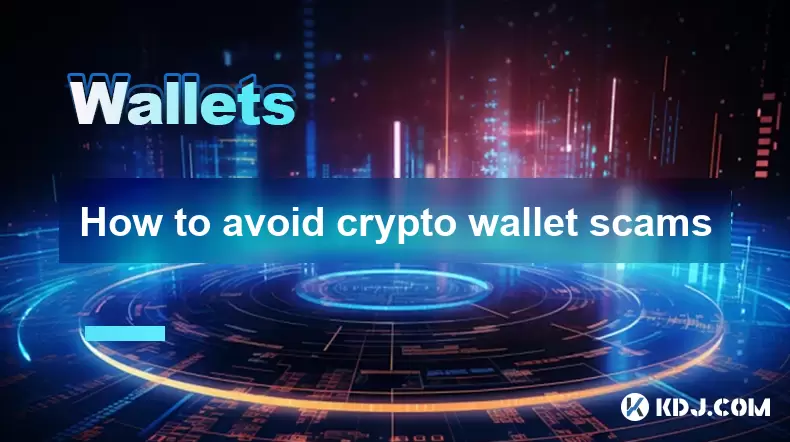
How to avoid crypto wallet scams
Aug 07,2025 at 02:21pm
Understanding Common Types of Crypto Wallet ScamsCrypto wallet scams come in various forms, each designed to exploit user trust, technical ignorance, ...
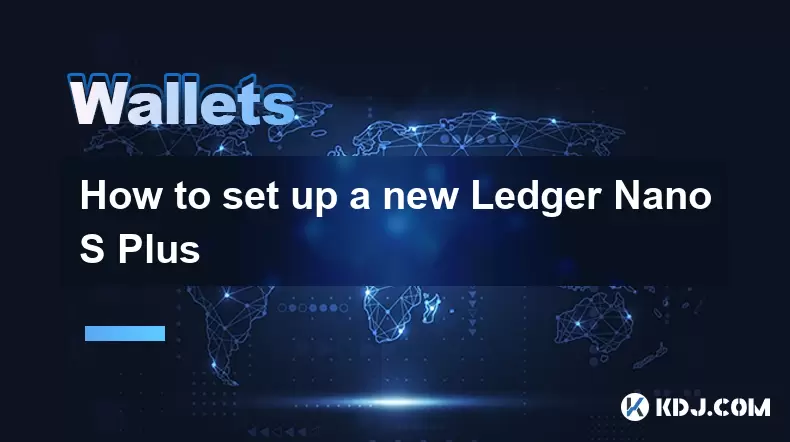
How to set up a new Ledger Nano S Plus
Aug 07,2025 at 06:01am
Unboxing and Initial InspectionWhen you receive your Ledger Nano S Plus, begin by carefully unboxing the package. Inside, you should find the Ledger N...
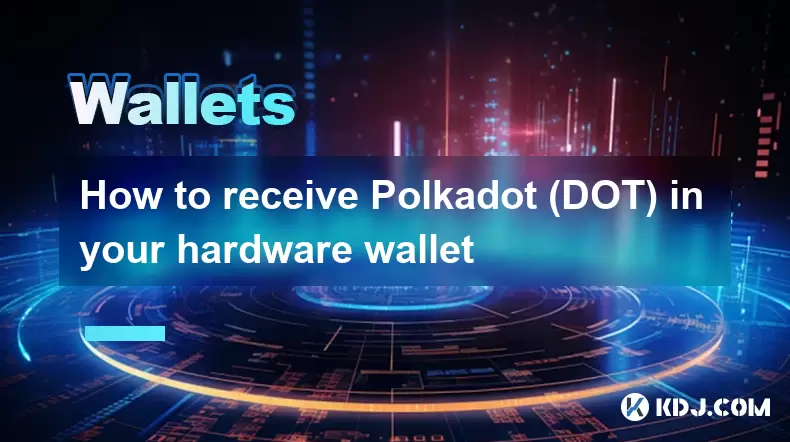
How to receive Polkadot (DOT) in your hardware wallet
Aug 07,2025 at 07:03am
Understanding Polkadot (DOT) and Hardware Wallet CompatibilityReceiving Polkadot (DOT) into a hardware wallet begins with understanding the ecosystem ...

How to add Fantom network to MetaMask
Aug 07,2025 at 08:21am
Understanding the Fantom Network and MetaMask IntegrationThe Fantom network is a high-performance, scalable, and secure blockchain platform designed f...

How to export your transaction history from Coinbase Wallet
Aug 07,2025 at 06:50am
Understanding Coinbase Wallet and Transaction HistoryCoinbase Wallet is a self-custodial cryptocurrency wallet that allows users to store, manage, and...

How to export your transaction history from Coinbase Wallet
Aug 07,2025 at 08:49am
Understanding Coinbase Wallet and Transaction HistoryCoinbase Wallet is a self-custodial cryptocurrency wallet that allows users to store, manage, and...

How to avoid crypto wallet scams
Aug 07,2025 at 02:21pm
Understanding Common Types of Crypto Wallet ScamsCrypto wallet scams come in various forms, each designed to exploit user trust, technical ignorance, ...

How to set up a new Ledger Nano S Plus
Aug 07,2025 at 06:01am
Unboxing and Initial InspectionWhen you receive your Ledger Nano S Plus, begin by carefully unboxing the package. Inside, you should find the Ledger N...

How to receive Polkadot (DOT) in your hardware wallet
Aug 07,2025 at 07:03am
Understanding Polkadot (DOT) and Hardware Wallet CompatibilityReceiving Polkadot (DOT) into a hardware wallet begins with understanding the ecosystem ...
See all articles

























































































